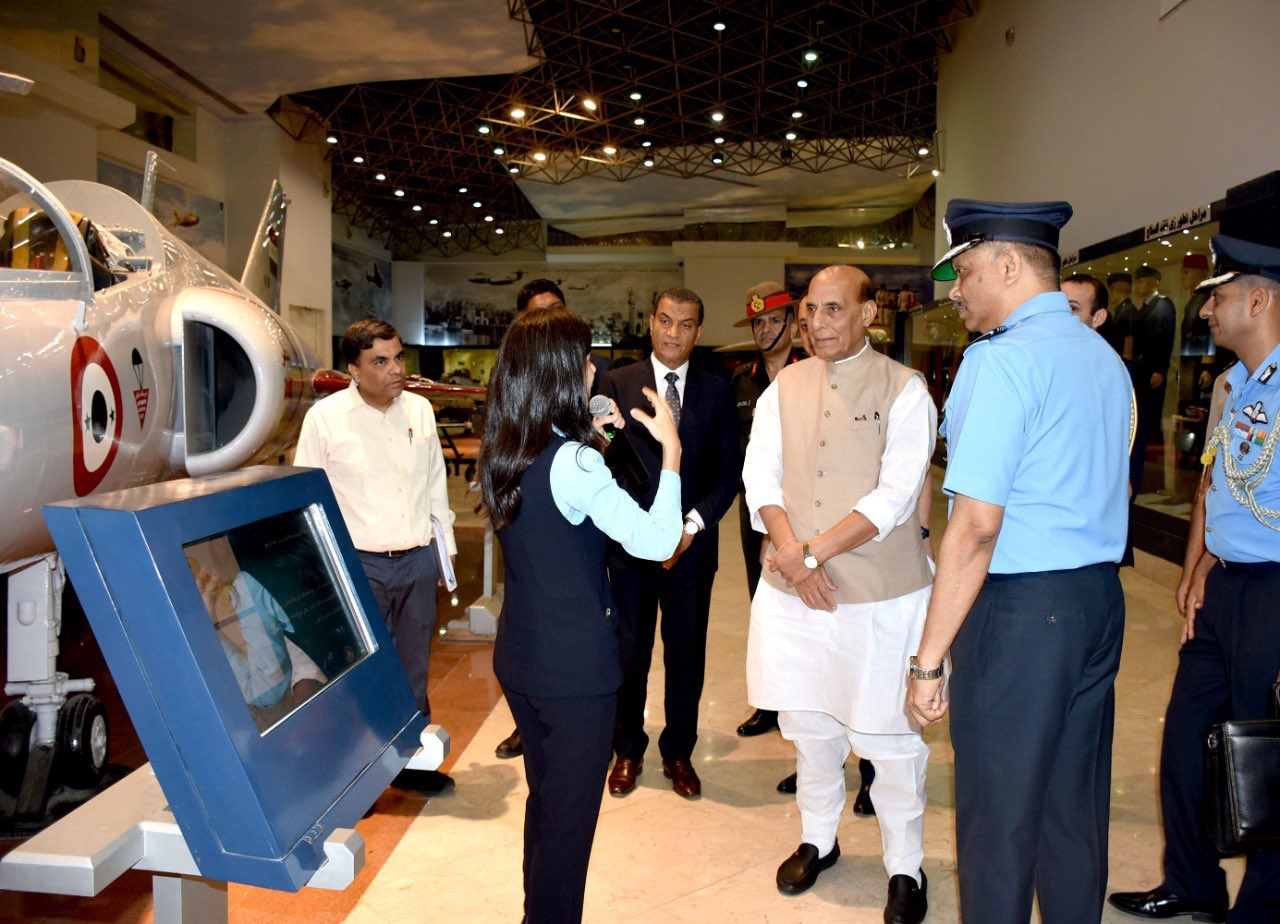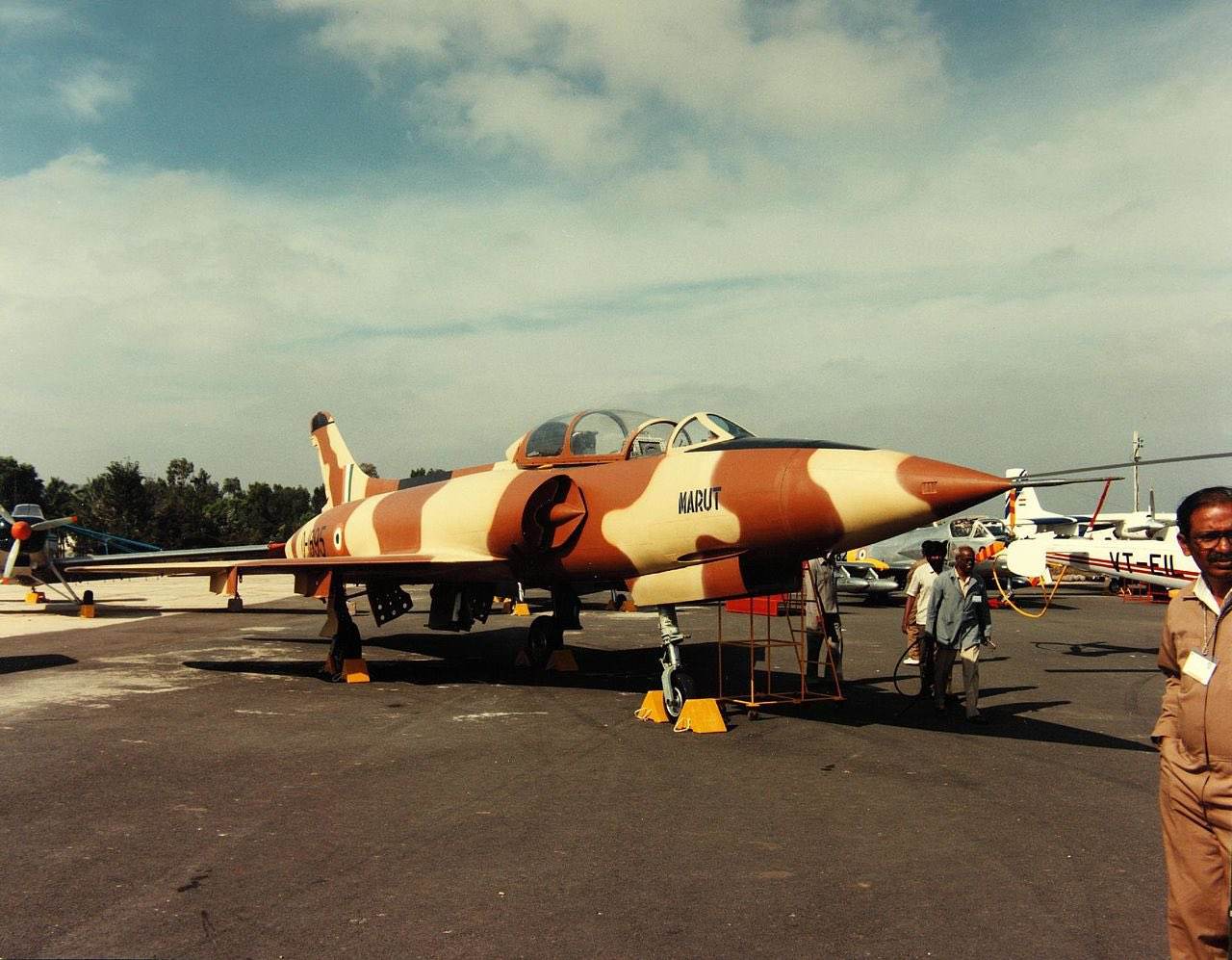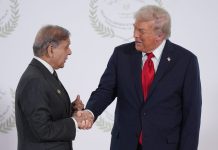With the recent visit of the Indian defense minister to Egypt, the two nations are boosting their security cooperation. However, their defense ties stretch back to the 60s, when India played a pivotal role in Egypt’s attempts to develop a supersonic aircraft.
On September 20, Indian Defense Minister Rajnath Singh met Egyptian Defense Minister General Mohamed Zaki in Cairo. During their meeting, they discussed several initiatives to enhance bilateral defense cooperation between the two nations.
In addition, Singh signed a Memorandum of Understanding on defense cooperation, stating that the step would strengthen ties between Egypt and India and give them new impetus and synergy.
Singh tweeted, “Had an excellent meeting with Egypt’s Defense Minister, General Mohamed Zaki, in Cairo. We had wide-ranging discussions on several initiatives to further expand bilateral Defense engagements. The signing of the MoU on Defense Cooperation adds new impetus and synergy to our relations.”
Had an excellent meeting with Egypt’s Defence Minister, General Mohamed Zaki in Cairo. We had wide-ranging discussions on several initiatives to further expand bilateral Defence engagements. Signing of the MoU on Defence Cooperation adds new impetus and synergy to our relations. pic.twitter.com/NmlUOu9OmJ
— Rajnath Singh (@rajnathsingh) September 20, 2022
The year 2022 is remarkable for both countries because it commemorates the 75th anniversary of India-Egypt diplomatic relations.
During the visit, the Indian defense minister noted that the trade between the two countries has grown tremendously and that Egypt is one of India’s top trading partners in Africa.
The two ministers also discussed regional security and valued Egypt’s and India’s contributions to global peace and stability. Both countries have good defense relations with each other.
Interestingly, IAF pilots even trained Egyptian pilots between 1960 and 1984.
Furthermore, a delegation from the Indian Air Force also flew to Egypt on June 22 to participate in a bilateral “Tactical Leadership Program” with the Egyptian Air Force to strengthen defense cooperation between the two nations.
Due to the close cooperation between the two nations, New Delhi also previously participated in the development project of the Helwan 300 fighter jet in the 1960s.
Meanwhile, the Indian Defense minister witnessed the Helwan 300 fighter jet during his visit to the Egyptian Air Force Museum in Cairo.

Helwan HA-300
The development of the HA-300 aircraft served as a significant focal point of India and Egypt’s early defense cooperation. Renowned German aeronautical engineer Willy Messerschmitt started the project.
Willy Messerschmitt was one of the world’s best aircraft designers. Following WWII, the Allied barred all German designers and technicians from conducting any research for defense purposes.
In 1951, Prof Messerschmitt founded Hispano Aviacion in Spain and began designing an ultra-light fighter aircraft. However, the aircraft project was halted for many reasons, including a lack of funding and technical difficulties.
Early in the 1960s, Egypt took over this ambitious project of designing and manufacturing a supersonic fighter. The HA-300 was a single-seat delta-shaped fighter plane with a separate tailplane.
It was Messerschmitt’s final design and the only one that was truly supersonic. He was already well-known for the Me-109 and Me-262 aircraft.
The Egyptian General Aero Organization (EGAO) oversaw the development of the Egyptian HA-300. The test facilities and workshops were located in Factory No. 36 in Helwan, southeast of Cairo.

India’s Participation In The Project
Prof Messerschmitt requested that Prof KW Tank stays at Helwan to assist in completing the HA-300’s development. Kurt Tank, the famed German aircraft engineer, served as Director of the Madras Institute of Technology from 1955.
Later, after Prime Minister Jawaharlal Nehru pushed for a domestic defense-industrial base, Tank moved to HAL to manage the Marut project.
However, the Marut project needed an engine capable of maximizing its design potential. India declined a proposal from Rolls Royce to help fund the Orpheus 703’s continued development and instead turned to Egypt.
At the time, Egypt was developing its engine, known as the E300. This engine was intended to propel the HA-300 to twice the speed of sound (Mach 2) and have an operational ceiling of 12,000 meters.
Therefore, India opted to fund Egypt’s engine development program. New Delhi aimed to use the engine in exchange for exporting its larger and more capable Marut to Egypt.
As a result, India sent Group Captain Bhargava of the Indian Air Force and a team of HAL engineers to Egypt. Bhargava was particularly sent because the Helwan HA-300 project required a skilled test pilot, and Egypt had none.
During his visit to Egyptian Air Force Museum in Cairo today, Raksha Mantri Shri @rajnathsingh witnessed the Helwan 300 fighter jet which was a Joint Development project between India and Egypt. pic.twitter.com/AUPxBCTMfb
— रक्षा मंत्री कार्यालय/ RMO India (@DefenceMinIndia) September 19, 2022
Group Captain Bhargava, in his article, revealed that the German team in command of the aircraft preferred a European test pilot rather than an Indian one. Furthermore, the ground-breaking wing design of the Helwan HA-300 raised several possible flight stability concerns.
Bhargava declined to pilot the aircraft until the issues were resolved, prompting Messerschmitt to call him “being chicken.”
“My response was that I was not just chicken— I was s**t scared,” Bhargava recalled. “I said I would be very dead if I tried to fly the aircraft until its deficiencies were removed.”
After resolving the issues, Bhargava conducted Helwan’s inaugural flight in October 1964. However, the development of this aircraft was halted in 1965 because of the six-day conflict with Israel.
Meanwhile, four engines were constructed, and the third HA-300 prototype was upgraded with an E300 but was never flown. “My attempts to fly the V-3 with the E-300 engine, designed specifically for the HA-300, did not succeed due to problems with the engine,” Bhargava added.
Later, India concluded Egypt was not interested in purchasing the Marut and discontinued financial support. Eventually, Egypt ran out of patience and funds, abandoning the project in 1969.
In 1964, HAL delivered the first Marut to the Indian Air Force, equipped with Orpheus engines. However, by the time it was delivered, it had become technically outdated. The aircraft was modified to perform a reasonably successful ground assault mission, and it proved crucial to the war effort in 1971.
Nonetheless, the Air Force shifted its focus to more competent fighter jets, pushing for the import of the Hawker Hunter and Dassault Ouragan.
- Contact the author at ashishmichel@gmail.com
- Follow EurAsian Times on Google News




